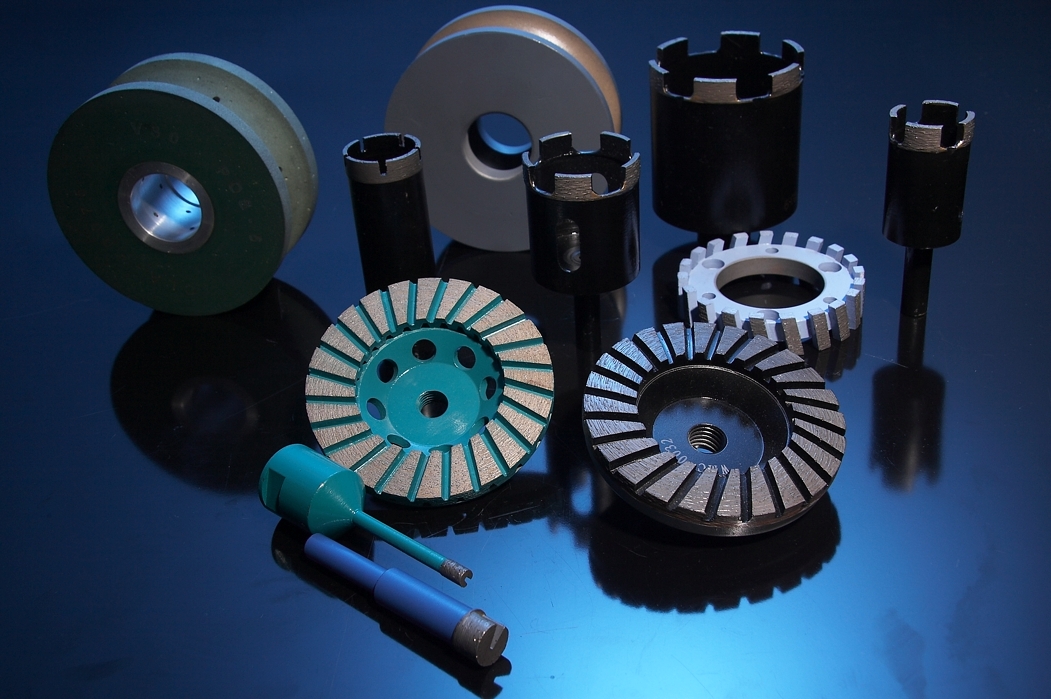Classification of abrasives: Abrasives can be divided into two categories: natural and artificial according to their sources. According to performance, it can be divided into two categories: ordinary abrasives and superhard abrasives.
Commonly used natural abrasives:
1. Natural diamond: Diamond grinding tools have a series of advantages such as high efficiency, long life, low cost, and good grinding quality.
2. Quartz sand: Also known as silica sand, it is sand composed of more than 95% quartz particles.
3. Garnet sand: used as loose sand abrasive for sawing soft marble blocks.
4. Natural corundum: The main component is A1203. Mohs hardness is 9, second only to diamond.

Commonly used artificial abrasives:
1. Brown corundum: suitable for grinding materials with high tensile strength and relatively cheap.
2. White corundum: The grinding ability is slightly higher than that of brown corundum (0.12 of diamond). Moderately fine grind.
3. Chrome corundum: Purple or rose color, the grinding ability is slightly higher than that of white corundum (0.13 of diamond), especially suitable for form grinding. It is widely used for precision grinding of alloy gears, cutting tools, threaded molds, and instrument parts.
4. Silicon carbide: commonly known as emery, its wear resistance is 0.25-0.28 of diamond. It is brittle and sharp, making it a versatile abrasive.
5. Artificial diamond: Its wear resistance is similar to that of natural diamond, and it will gradually replace traditional diamond in the stone industry.
 WANLONG
WANLONG
